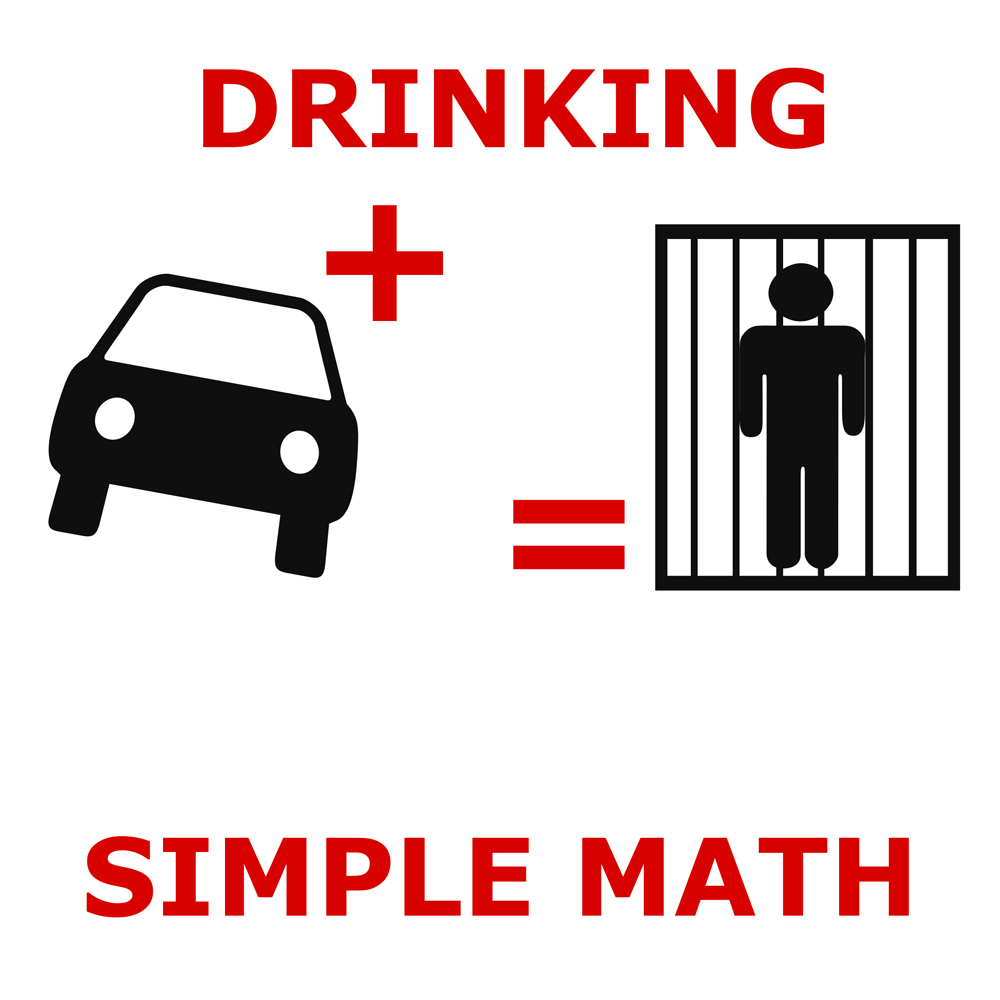
SCOTUS Overturns Latest CDC Eviction Moratorium
Late Thursday, August 26, 2021, the Supreme Court of the United States (SCOTUS) published a seminal decision with the potential to have wide-ranging effects on residential housing availability across Ohio and throughout the country.
Earlier this month, following a brief lapse in the previous eviction moratorium, the Center for Disease Control and Prevention (CDC) issued a two-month residential eviction moratorium which largely mirrored those previously ordered by the CDC during the outbreak of the COVID-19 pandemic (the CDC’s August 3, 2021 Order can be found at https://www.cdc.gov/coronavirus/2019-ncov/communication/Signed-CDC-Eviction-Order.pdf). This most recent pause on evictions applied nationwide to tenants in “counties with heightened levels of community transmission” and was designed to address the ongoing effects of COVID-19 along with the recent emergence of the Delta variant. (CDC Order, p. 1). The moratorium was set to last until October 3, 2021, at the earliest. (CDC Order, p. 19).
However, following petition by a group of concerned landlords and realtors, a six to three majority of U.S. Supreme Court justices issued a per curium opinion which ruled in favor of petitioners and vacated the CDC’s latest eviction moratorium.1
In its hotly contested decision, SCOTUS determined that the CDC’s latest order exceeds the scope of its authority under Section 361 of the Public Health Service Act, and that “[t]he moratorium intrudes into an area that is the particular domain of state law: the landlord tenant relationship.”
The Court goes on to acknowledge that under the moratorium, landlords across the county are “at risk of irreparable harm by [being deprived] of rent payments with no guarantee of eventual recovery,” and that preventing the eviction of tenants who have breached payment obligations under a lease agreement “intrudes on one of the most fundamental elements of property ownership – the right to exclude.2
The SCOTUS majority ended its opinion with a simple directive: “If a federally imposed eviction moratorium is to continue, Congress must specifically authorize it.” 3 This decision comes to little surprise after the Supreme Court’s 5-4 decision in June of 2021 which upheld the previous CDC eviction moratorium that was in place until July 31, 2021.4 The deciding vote in that case, Justice Brett Kavanaugh, wrote in a concurring opinion that “clear and specific congressional authorization (via new legislation) would be necessary for the CDC to extend the moratorium past July 31.”5
In the Supreme Court’s latest decision, Justice Breyer authored a dissenting opinion in which Justice Sotomayor and Justice Kagan joined. The dissenting justices contested the majority’s granting of emergency relief, noting that “[t]he criteria for granting the emergency application are not met[,]” and that the issues involved should be “informed by full briefing and argument.6 The dissent further pointed out that “COVID-19 transmission rates have spiked in recent weeks,” and that “the doubly contagious Delta variant threatens to spread quickly.”7 The dissenting justices opined that the CDC’s latest order was appropriately limited to “only those people who have nowhere else to live, in areas with dangerous levels of community transmission.”8
In the wake of this decision, Ohio landlords are now permitted to lawfully evict tenants who are in breach of their lease agreement for deficient rental payments. This, of course, is assuming that the landlord complies with the legal requirements for executing a lawful eviction – including compliance with the provisions of Ohio Revised Code Section 1923 and the filing of a forcible entry and detainer action in court against the breaching tenant. Landlords would also be wise to conduct a thorough review of the lease agreement to ensure that they have complied with any provision(s) allowing the tenant a certain number of days to cure a payment deficiency.
At Pickrel, Schaeffer & Ebeling, we have experienced attorneys who have assisted landlords and tenants alike in a wide variety of landlord-tenant disputes, both residential and commercial. For inquiries, questions, or comments regarding landlord-tenant disputes, please feel free to contact Matt Hauer at mhauer@pselaw.com or (937) 223-1130.
Citations & References
1 Alabama Ass’n of Realtors v. Dep’t of Health & Human Servs., 54 U.S. (Aug. 26, 2021) (a copy of the Supreme Court’s decision can be found at https://www.supremecourt.gov/opinions/20pdf/21a23_ap6c.pdf)
2 Id. at 7 (citing Loretto v. Teleprompter Manhattan CATV Corp., 458 U.S. 419, 435 (1982)
3 Id. at 8
4 Alabama Ass’n of Realtors v. Dep’t of Health & Human Servs., 594 U.S. (June 29, 2021)
5 Id., Kavanaugh, J., concurring
6 Ass’n of Realtors, Breyer, J., dissenting at 8
7 Ass’n of Realtors, Breyer, J., dissenting at 5-6
8 Ass’n of Realtors, Breyer, J., dissenting at 6
8 Ass’n of Realtors, Breyer, J., dissenting at 6












